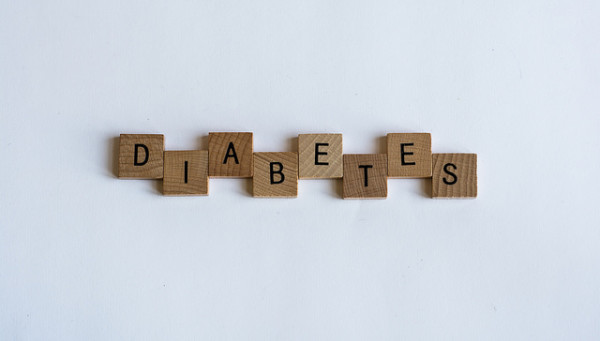While the idea that neighborhood disparities can have an effect on health is not a novel observation, a study published last month by researchers at Drexel University provides additional evidence that the environment you live in could be an influential risk factor for disease–diabetes mellitus or Type 2 Diabetes in particular. While Type 1 Diabetes is a form of the disease where the body doesn’t create insulin, Type 2 Diabetes, the most common form, is when the body doesn’t respond to insulin. Around 29.1 million people in the United States have diabetes, and this number is only expected to grow in the coming years.
The study took place in Philadelphia, chosen for its “patchwork” neighborhoods. “People who live in the same general area have huge variations in socioeconomic environment,” says lead author Longjian Liu.
Based on answers to questions such as availability and quality of groceries, access to recreational facilities, trust in neighbors, and poverty level, Liu and coauthor Ana Núñez scored various neighborhoods on these indicators of physical and social environment (PSE). They also asked personal questions to access individual risk factors such as physical activity and diet. The higher the PSE score, the worse the neighborhood.
Image Source: Justin Sullivan
Neighborhoods with higher scores were associated with higher prevalence of diabetes. Areas where more residents were overweight, obese, or had lower education levels also had a higher prevalence of diabetes. Even when the results were adjusted for age and sex, nearly 12% of the increased risk of diabetes is due to the environment. Of course education, ethnicity, and weight are also important risk factors, but the study shows that the physical environment can have an effect as well.
This leads us to a potential new way of tackling such problems as diabetes and obesity. While improving the neighborhood conditions and decreasing the disparity won’t solve the entire problem, reducing the risk is a good first step.
Feature Image Source: Practical Cures










